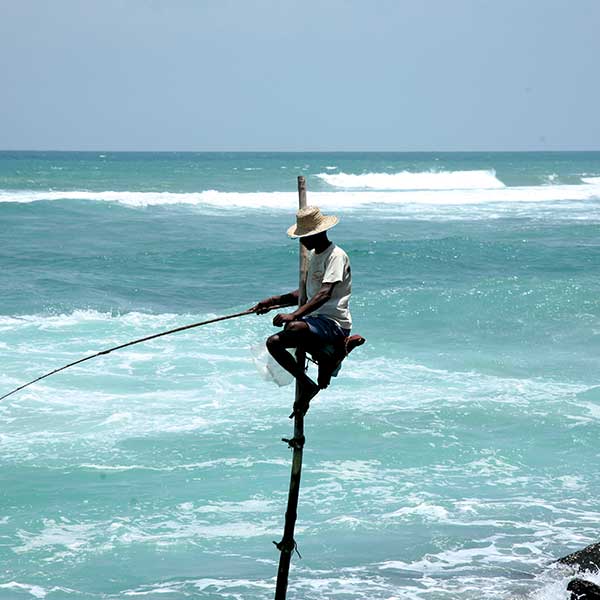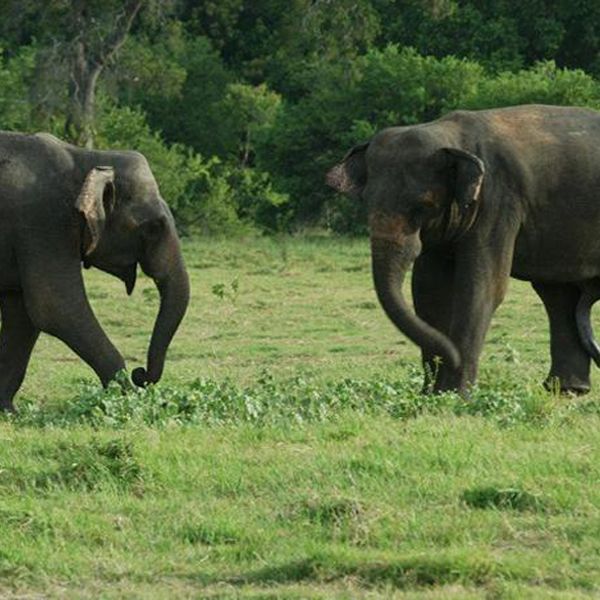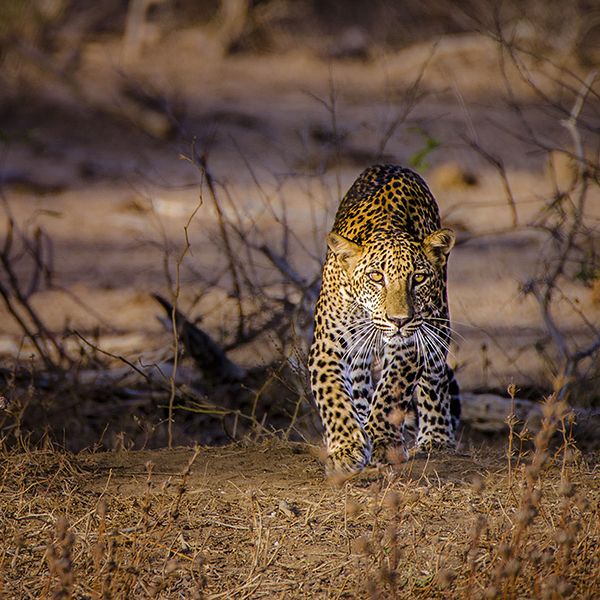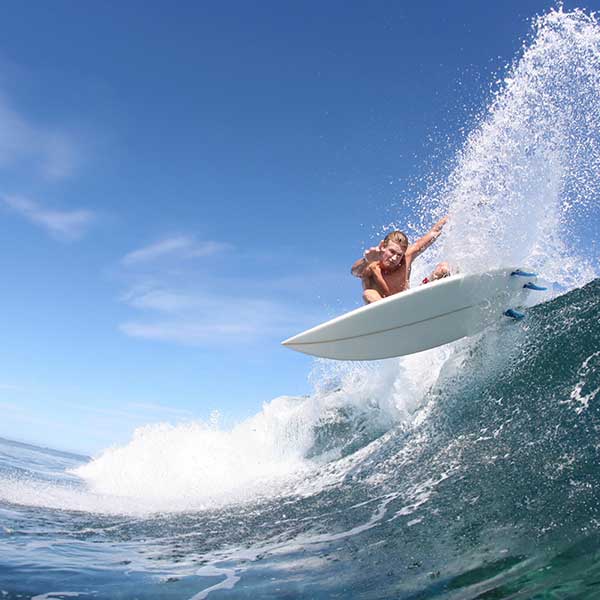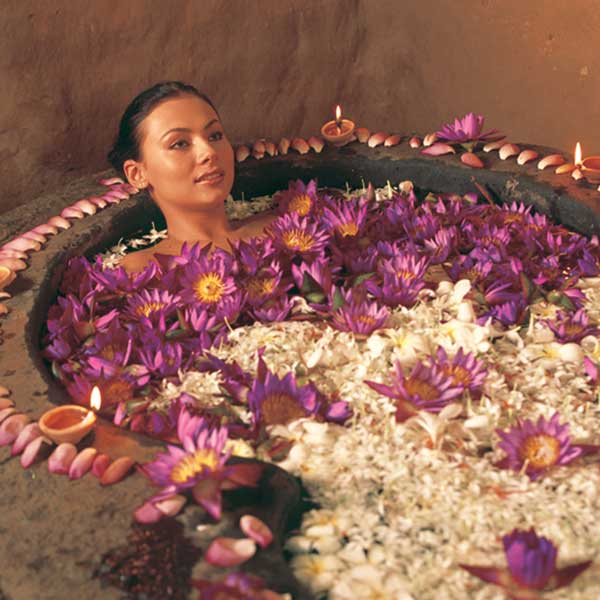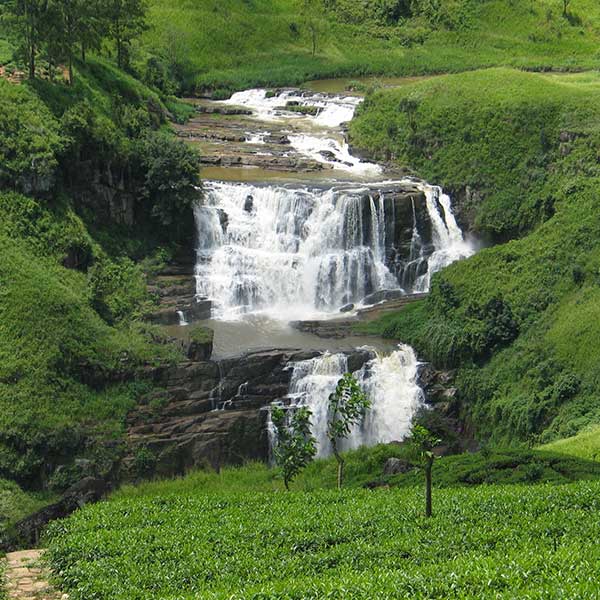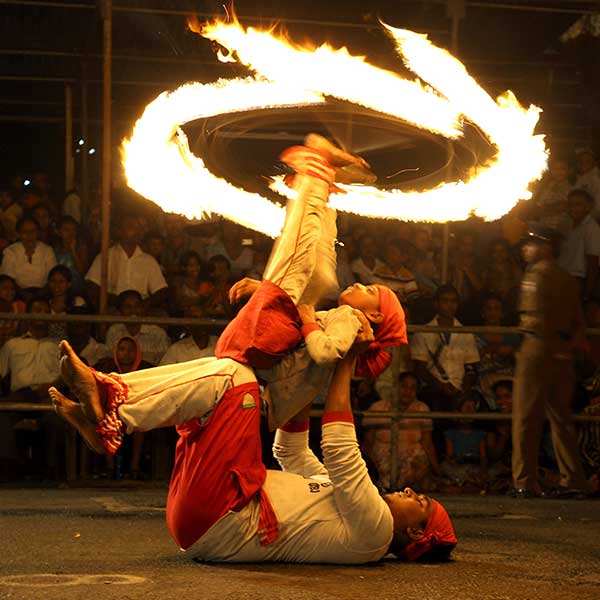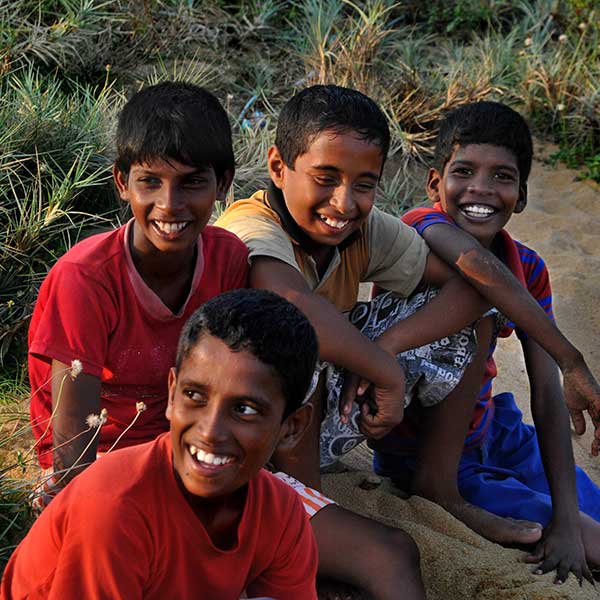Anuradhapura is a major city in Sri Lanka. It is the capital city of North Central Province, Sri Lanka and the capital of Anuradhapura District. Anuradhapura is one of the ancient capitals of Sri Lanka, famous for its well-preserved ruins of an ancient Sri Lankan civilization. It was the third capital of the Kingdom of Rajarata, following the kingdoms of Tambapanni and Upatissa Nuwara. The city, now a UNESCO World Heritage Site, was the center of Theravada Buddhism for many centuries. The city lies 205 km north of the current capital Colombo in Sri Lanka's North Central Province, on the banks of the historic Malvathu Oya. It is one of the oldest continuously inhabited cities in the world and one of the eight World Heritage Sites of Sri Lanka. It is believed that from the fourth century BC until the beginning of the 11th century AD it was the capital of the Sinhalese. During this period it remained one of the most stable and durable centers of political power and urban life in South Asia. The ancient city, considered sacred to the Buddhist world, is today surrounded by monasteries covering an area of over sixteen square miles
Anuradhapura was first settled by Anuradha, a follower of Prince Vijaya the founder of the Sinhala race. Later, it was made the Capital by King Pandukabhaya at about 380 B.C.According to the Mahavamsa, the epic of Sinhala History, King Pandukabhaya’s city was a model of planning. Precincts were set aside for huntsmen, for scavengers and for heretics as well as for foreigners. There were hostels and hospitals, at least one Jain chapel, and cemeteries for high and low castes. A water supply was assured by the construction of tanks, artificial reservoirs, of which the one named after the king itself exists to this day under the altered name of Baswakkulam.
It was during the reign of King Devanampiya Tissa (250 – 210 B.C.) that the Arahat Mahinda, son of the great Buddhist Emperor Asoka, led a group of missionaries from North India to Sri Lanka. With his followers he settled in a hermitage of caves on the hill of Mihintale – the name which derives from Mahinda’s own.The new religion swept over the land in a wave. The King himself donated land for a great monastery in the very heart of the city which was also his own Royal Park – the beautiful Mahamegha Gardens.The Buddhist principality had had but a century to flourish when it was temporarily overthrown by an invader from the Chola Kingdom of South India. The religion, however, received no set-back.
At this time far away on the southeast coast, was growing up the prince who was to become the paladin of Sinhala nationalism: Dutugamunu (161 – 137 B.C)
For his entire martial prowess, King Dushta Gamini must have been a man of singular sensibility. He built the MIRISAVETI DAGOBA and the mighty Brazen Palace, which was nine stories high and presented to the Mahasanga (order of monks). But, the RUWANVELI DAGOBA, his most magnificent creation, he did not live to see its completion.
Two more, at least, of the Anuradhapura Kings must be mentioned – if only because some of the greater monuments are indisputably attributable to them.
The earlier of these was Vattagamani Abhaya (Valagamba) (103 & 89-77 B.C.) in the first year of whose reign Chola invaders again appeared and drove him temporarily into hiding. For fourteen years, while five Tamil Kings occupied his throne, he wandered often sheltering in jungle caves. It is recorded that as in his plight as he passed an ancient Jain hermitage, an ascetic, Gin called and taunted him. “The great black lion is fleeing!” Throughout his exile the gibe rankled. Winning the Kingdom back at last, he razed Giri’s hermitage to the ground, and built the ABHAYAGIRI Monastery. The name is a wry cant on his own name and the tactless hermit’s as well as (meaning mountain of fearlessness) a disclaimer of his cowardice!
Next came the heretic king Mahasena (274 – 301 A.D) who built Sri Lanka’s largest Dagoba JETAWANARAMA (World Heritage Site), a much complicated irrigation system and 16 vast reservoirs (tank) like MINNERIYA, even today which irrigate thousands of acres of paddy land.
Anuradhapura was to continue for six hundred years longer as the national capital. But as the protecting wilderness round it diminished with prosperity and internecine struggles for the royal succession grew, it became more and more vulnerable to the pressures of South Indian expansion; and the city was finally abandoned and the Capital withdrawn to more secluded fastnesses.
But the monuments of its heyday survive, surrounded by such beauties as they become the past: the solemn umbrage of trees, the silence of cold stone, and the serenity of the sheltering sky.
Anuradhapura became the capital of Sri Lanka in the 4th century BC. Sri Lankan history from the 4th century BC up to 10th century A.D is generally referred as “Anuradhapura” period. King “Pandukabhaya” the third king of Vijayan dynasty became the king after great struggle against his uncles. He is the one who formally planned the city, with gates, quarters for traders etc. Anuradhapura kingdom lasted one thousand and four hundred years until it was invaded by South Indian Chola forces in 1017. It was a very wealthy city which created a unique culture and a great civilization. Today Anuradhapura is one of the world’s major archaeological site it is covered area about 40 km². Introduction of Buddhism took place in reign of king “Devanampiyathissa” in 250~210 B.C. During this time Emperor Ashoka in India sent many Buddhist missionaries to Asian ountries. King “Devanampiyathissa” was a close friend of Emperor Ashoka ,he sent his son “Mahindha” thera as the head of a mission to introduce Buddhism to Sri Lanka. By the introduction of the Buddhism, the city gained more prominence and the great building era began. During this time vast monastery complexes and some of the tallest buildings in the ancient world were built for example Jetavanaramaya, Maha Vihara and Abhayagiri. The Jetavanaramaya dagoba is treated as the tallest brick structure in the world. As Anuradhapura city was in dry zone rulers constructed large lakes to irrigate paddy lands and also to supply water to the city and also it had the most complex irrigation systems of the ancient world.
Sri Maha Bodhia
Sri Maha Bodhia is the right branch of the secred Bodhi tree where Buddha attained enlightenment. This was brought to Sri Lanka by “Sangamitta Their” in 3rd century B.C. The Bodhi branch was received with respect by the King Devanampiyathissa and was planted in the terrace prepaired for it in Mahameuna garden Anuradhapura. This is treated as the oldest living tree in the world in documented history and it is a place respected by Buddhist’s from all around the world.
Ruwanweli Stupa the magnificent Stupa in Anuradhapura
Ruvanveli Dagoba was built by King Dutugemunu , who is treated as one of the most outstanding ancient Kings of Sri Lanka and this treated as one of the most greatest Stupas in the world.This magnificent huge Dagaba which is 103 meters in height and 287 meters in circumference was built in 2nd century B.C
Abhayagiri Stupa in Anauradhapura
It was King Valagamba (Vattagamani Abhaya) in 103 B.C. founded this large monastery Abhayagiriya and gave it to Mahathissa thera who had protected the king when in adversity. Abhayagiriya is treated as the second highest dagoba in Sri Lanka
Aukana Buddha Statue
Awkana Statue is situated in Anuradhapura district 51 km southeast of Anuradhapura. The 13 meter high statue is carved out of solid granite on a lotus pedestal. This was built during the reign of King “Dathusena” in 5th century AD and this is treated as one of the magnificent carved stature in Sri Lanka
Thuparamaya The very first Stupa built in Ceylon
Thuparama stupa is treated as the first historical built stupa in Sri Lanka by King Devanampiyathissa. It was built by enshrining the right collarbone of the Buddha. Originally this stupa was in a shape of a heap of paddy and later once the repairs were done it has the shape of a water bubble.
Magnificent stone carving of Isurumuniya Lovers
Isurumuniya temple was built by King Devanampiyathissa. It is very popular for its rock carving among them is the Isurumuniya lovers. It is believed that the figures may represent son of Dutugemunu “Saliya” and the law caste maiden “Asokamala” whom he loved. It’s known that he gave up the throne for her.King Kasyapa the 1st in 473-491 AD renovated this and named this as “Boupulvan, Kasubgiri Radmaha Vehera”
Mihintale sri lanka
Mihinthale is located about 8 miles east of Anuradhapura about 1000 feet high mountainous range.place very popular among Buddhist as the cradle of Buddhism in Sri Lanka. This was the place where Arahath Mahinda thera met King Devanampiyathissa. It is stated that King Devanampiyathissa constructed a Vihara
Jetavanarama Stupa in Sri Lanka
Jethavana stupa which is 121 meters in height was built by King Mahasena in 3rd century A.D. This massive brick structure is treated as the largest and tallest brick built structure in the world.
Mirisawetiya stupa Sri lanka
Mirisaveti Stupa was built in 2nd century B.C. by King Dutugamunu after defeating King Elara. Currently this stupa is partial decayed and under construction by the Cultural Triangle
Magul Uyana
Magul Uyana (Gardens) is situated close to Isurumuniya Vihara Anuradhapura. In the gardens there were lot of ponds and seats made from stone. It is said that Prince Saliya met Ashokamala met in this garden.
Rathna Prasadaya
This was skyscraper built by King Kanittha Tissa. During 8th and 10th centuries this was renovated by King Mihindu II and Mihindu IV
Vessagiri
Vessagiri is located about half a mile south of Isurumuniya, in a mountainous region. Scattered around 23 caves made of stone with the inscribed names of it’s donor. These are treated as the oldest inscriptions in Sri Lanka written in Brahmi script.












 ENG
ENG CHI
CHI FRA
FRA ITA
ITA BEL
BEL GRE
GRE JAP
JAP HIN
HIN POR
POR KOR
KOR SPA
SPA GER
GER RU
RU ARABIC
ARABIC





















